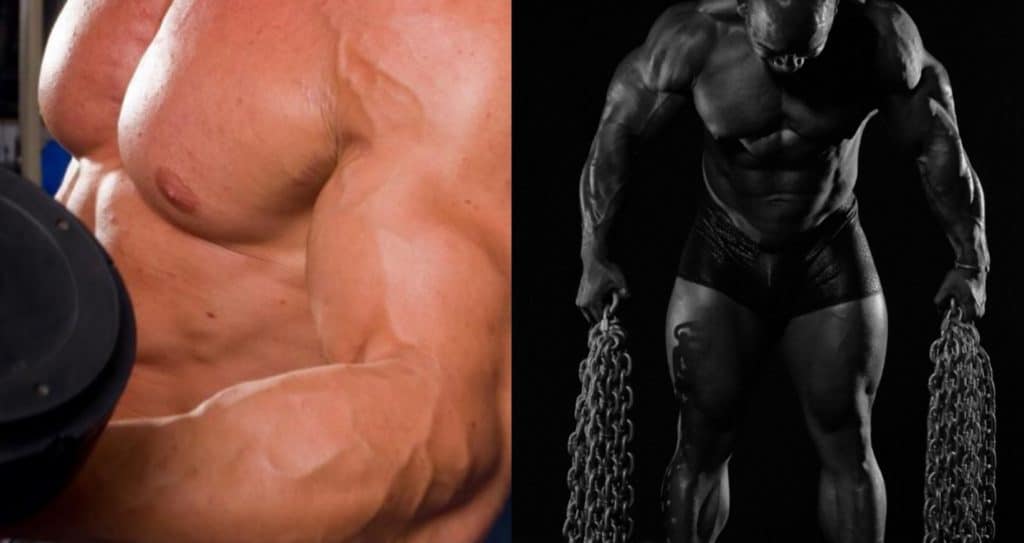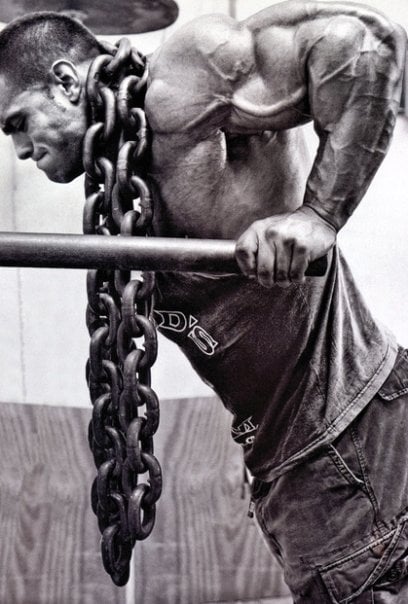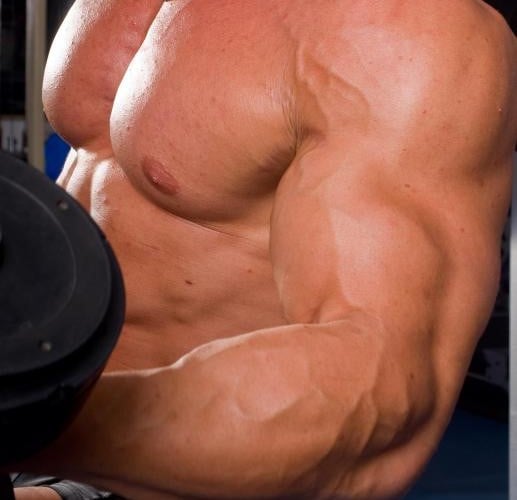Accommodating Resistance to the Rescue
Have you been stuck at the same bench press max for quite some time now? If so, you’ll need to make some adjustments to your plan to help you hit a new max. One way to help you break these plateaus you’re having if all the other things you’ve tried haven’t been working is through the use of accommodating resistance.
At some point during your lift, the lift is easier than at other points of your lift. Well, accommodating resistance ensures that the trouble-free parts of your lift remain a pain in the neck, and for good reason. Keeping the lift challenging throughout its entire range of motion will make you stronger at the weak portions of your lift, known as sticking points, which will push you past any weight you once thought you’d be stuck at ‘til eternity.
In this article, we’ll cover what accommodating resistance is, and why you should start utilizing it, like today, especially if you’ve been stuck at the same stubborn weight for some time.
What is Accommodating Resistance?
Accommodating resistance is when you add extra resistance to your lifts through the use of bands or chains to make your lift easier or more difficult during different phases of the lift. Moving weight without any accommodating resistance makes the lift less challenging at parts, however, when you add accommodating resistance, it will make the movement remain difficult through every degree of the lift.
Let’s take barbell bench press for example. If you add accommodating resistance to this lift, the movement becomes more challenging as you press the barbell up since the tension increases as the barbell moves further away from your body. Generally, this exercise gets easier as you push the barbell up, but with the added resistance, the movement maintains its challenge as the barbell moves through all ranges of motion. This will help you break past sticking points and help get you stronger at each degree of the lift, helping you get stronger and hit new personal records (PRs).
Different Accommodating Resistance
Typically, there are two common accommodating resistance lifters will use, resistance bands and chains. Below, we’ll cover the difference between them.
Resistance Bands
Resistance bands are great for adding extra tension to your lifts while accelerating the eccentric — lengthening — portion of your lift — think of the barbell bench press example mentioned above. When you use accommodating resistance bands, while the bands make the lift harder as your barbell is pressed up, the resistance bands go down faster during the eccentric portion of the lift (as the barbell is lowered). This will help you increase your lifting speed, which will improve your strength and power. Think of a rubber band; they act like a rubber band and help make the object it’s pulling easier during the downward phase, but more challenging during the upward phase.
Accommodating resistance bands are also great to utilize for beginners during bodyweight movements who haven’t yet developed enough upper body strength to do pull-ups or chin-ups. The accommodating resistance band will help reduce the lifters’ deadweight and support them throughout the eccentric and concentric — muscles shorten — phase of the exercise.
Chains
Another common modality for using accommodating resistance is chains. Chains don’t help the eccentric portion of your lifts since it doesn’t have the “rubber band effect.” They’re more similar to adding extra weight to your barbell, similar to weight plates, and will also make movements more challenging as the chains lengthen.
Why Use Accommodating Resistance?
Now you know a couple of reasons why it may be a good idea to start utilizing accommodating resistance during your workouts, but let’s cover the benefits in more detail below.
Break Past Sticking Points
As mentioned above, sticking points are the weak portion of your lift; the part of the lift that is most challenging for you to punch through. For example, a common sticking point many lifters experience during the barbell squat is at the bottom of the movement. The problem is that the bottom position of the squat — the hole —, is the most difficult portion of the lift, and it gets progressively easier as you bring the weight up. However, accommodating resistance will ensure that the lift remains challenging as you bring the weight up, which can help you increase your total squat strength since the lift will be heavy at each degree of the lift instead of being lighter when you bring the weight up, as it typically would be without the accommodating resistance.
Bigger Muscles
Bigger muscles are another benefit you get to look forward to with the help of accommodating resistance. Of course, if you’re able to add more resistance to the weight you’re normally used to doing and are doing the same reps, then your muscles will grow. A big proponent to accommodating resistance, though, is that it doesn’t only add more resistance to the weight you’re using, but it makes the weight more challenging through all ranges of the lift, which as we covered, will strengthen your sticking points and get your body used to heavier loads at easier points in the lift; as a result, your muscles will grow bigger.
New Personal Records (PRs)
And since you’ll be able to break through the sticking points, add weight/tension to lifts, and make each degree of the lift difficult through its full range of motion, you can only imagine what that would do to your PRs; your squat, bench press and deadlift will all increase. So if you’ve been struggling to hit new PRs no matter how much you make tweeks to your training program, try accommodating resistance for a few weeks on the lifts you’re struggling with.
This study found that collegiate athletes that trained with resistance bands had higher increases in power, torque, and one-rep maxes compared to using free weights alone. (1)
Another study of D1 collegiate athletes demonstrated similar feedback showing that accommodating resistance bands improve your maximal strength substantially. (2)
Final Word
If you’ve been struggling to break new PRs in the gym on key movements like squats, deadlifts, and bench press, you’ll want to try incorporating accommodating resistance. Accommodating resistance through the use of chains or resistance bands will help you break past sticking points and make the movement more arduous through its full range of motion, making you bust through the PRs you’d never thought you’d break.
Have you tried training with accommodating resistance before? Let us know in the comments section and follow us on Instagram, Facebook, and Twitter.
Reference
1 – Shoepe, T. C., Ramirez, D. A., Rovetti, R. J., Kohler, D. R., & Almstedt, H. C. (2011). The Effects of 24 weeks of Resistance Training with Simultaneous Elastic and Free Weight Loading on Muscular Performance of Novice Lifters. Journal of human kinetics, 29, 93–106. https://doi.org/10.2478/v10078-011-0043-8
2 – Rhea, Matthew & Kenn, Joseph & Dermody, Bryan. (2009). Alterations in Speed of Squat Movement and the Use of Accommodated Resistance Among College Athletes Training for Power. Journal of strength and conditioning research / National Strength & Conditioning Association. 23. 2645-50. 10.1519/JSC.0b013e3181b3e1b6.










